As a parent, I wear many hats. Sometimes I’m the nurturer. Sometimes I’m the enforcer of rules. Sometimes a spectator. Sometimes I’m a cheerleader. Sometimes I’m a coach. Other times I’m a counselor. But I’m always “Dad.”
My wife and I supervise our children and are accountable for them. That will change as my kids mature and become more independent. Many of the decisions my wife and I make for our children have intended consequences. Strict bedtimes lead to well-rested kids and productive mornings. Rules about not swimming in over their heads in the digital world help focus their attention and pathways as they navigate their younger years. It would be criminal for my wife and me to subject our children to ideas that would endanger their mental wellbeing. The same goes for allowing kids to partake in acts or ingest subject matter or substances that are adult oriented. When my seven-year-old has severe seasonal allergy symptoms, do I give her an adult dose of over-the-counter medicine? No. There is a formulary/dosage specific to children’s bodies and their younger metabolisms. If I intended to help my daughter, but ignored the medicine warnings and directions, then I would be complicit in her ensuing injuries.
Our government is similarly complicit in two consequential issues that have recently gained national attention: Student Debt and Mental Health Facilities. Both issues originate from decisions made by the federal government at relatively the same time: The 1950s.

Jamie Ruehl grew up in Erlanger. He graduated from St. Henry District High School, earned a degree in business administration from Xavier University, served the US Army on an ROTC Commission in 2001, attaining the rank of Captain and serving overseas. Back home, he graduated from Northern Kentucky University’s Executive Leadership and Organizational Change Master’s Program in 2018. He served as a Law Enforcement Officer for 8.5 years and was inducted into the American Police Hall of Fame. He has been a staff insurance adjuster since 2019 with a large carrier headquartered in Cincinnati. He is attempting to be the best possible husband to his wife of 15 years and best possible father to their 3 children. They live in Edgewood with their two dogs. He is a life-long distance runner.
In the 1950s our nation was in an arms race with the Soviet Union. The U.S. was in panic mode because it appeared the Soviets were pulling ahead in some important sectors. Our federal government thought it a good idea to take a page out of the Communist’s playbook and started “giving out” student loans. The idea was to subsidize Science Technology Education and Mathematics (STEM) degrees to bolster our professional ranks. Post Secondary education was slightly expensive at the time and our decision-makers saw an opportunity to “give to the lower quartiles of economic achievement.” Feds turned on the financial spigot and Colleges/Universities had an upswell in funds. The educational institutions realized that almost anyone could get money in the name of “higher education” (whether those students were “college material” or not). Because there was a newfound abundance of money, tuition rates increased.
Harvard is a good measuring stick for the cost of tuition at prestigious universities, after all it is the oldest university in the states. According to Forbes Magazine, compared to its inception the cost of tuition at Harvard is 23 times more expensive today. In its beginning, it cost 83% of an average U.S. family’s annual income to attend Harvard for one year. Now it costs 98% of a family’s income for one year. In the 1950s the Federal government was trying to boost the middle-to-lower income families’ participation in higher education. Ironically today we have a lower participation rate in the lower quartile of income than we did in 1970 (when Pell Grants entered the picture).
The surge in price is not limited to reputable Ivy League schools. Northern Kentucky University is considered a regional University. The majority of her students come from the Cincinnati metro area and it’s generally known as a “commuter school.” Even the parochial NKU has increased its tuition with wild abandon. It cost, adjusted for inflation and in today’s dollars, $3,708 per school year in 1980 (17% of an average U.S. family’s annual income). Today NKU costs $25,146.00 per school year (35% of an average U.S. family’s annual income).
Unintended consequences.
The government steps into the equation and literally causes inflation of higher education prices, therefore driving out middle-to-lower income families. Also, degrees were created with this glut of money at universities that have zero utility, and many students were (and are) graduating with degrees that don’t translate into any kind of profession. As I write this in early September, 2023, there is an advertisement flashing in my web-browser claiming “Northern Kentucky University offers more than 90 academic programs.” Our public universities have become addicted to federal dollars by way of federal loans and grants and there is no market correction that occurs because there is no rebuke of bad policies. The practice by universities is “Recklessly spend all you want; Uncle Sam will print more!”
Another woeful bureaucratic policy by our federal government from the mid-1950s caused mental health hospitals to shut down. The feds closed mental health hospitals (sometimes labeled “insane asylums”). The intention was to treat mental health patients in and among society (called community treatment) where theoretically there would be more support for the Seriously Mentally Ill (SMI). In a New York Times article dated October 30, 1984, Dr. John A. Talbott, president of the American Psychiatric Association, said, “The psychiatrists involved in the policy making at that time [1950s-1960s] certainly oversold community treatment, and our credibility today is probably damaged because of it.” He said the policies “were based partly on wishful thinking, partly on the enormousness of the problem and the lack of a silver bullet to resolve it, then as now.”
The federal government doubled down on closing the psychiatric in-patient treatment in 1965 by instituting Medicaid’s Institutes for Mental Disease Exclusion which prevents Medicaid funds from being used for hospitalization of the sickest. People who have SMI can be a danger to themselves and those around them. The SMI were discharged and treated on an outpatient basis.
Unintended consequences.
Instantly, after SMI people were “released” from hospitals, prison populations exploded. In 1950 there were approximately 600 residential SMI patients per 100K U.S. population living in mental health hospitals. At the same time the U.S. had approximately 100 prisoners per 100K U.S. population. When you track the number of those two groups of people, they quickly flip flop after closing mental health hospitals. It’s not hard to see the causation. One large population booted from Mental Hospitals ended up residing in Prisons. According to a 2017 National Public Radio article, “How The Loss Of U.S. Psychiatric Hospitals Led To A Mental Health Crisis” by Samantha Raphelson; “Much of our mental health care now for individuals with serious mental illness has been shifted to correctional facilities.”
So our government is now housing the SMI in prisons, but they are adding barriers to any form of recovery or treatment by labeling these people as felons! Had those SMI people been allowed to stay in Mental Health hospitals, they would not be convicts. Not to mention the pain suffered by the countless victims of crime committed by the SMI could have been avoided. Law enforcement has been sounding the alarm for over 40 years. Found on the front page of the publication Mental Illness Policy Organization is a quote by Chief (Retired) Michael Biasotti, former President, New York’s Association of Chiefs of Police, “We have two mental health systems today, serving two mutually exclusive populations: Community programs serve those who seek and accept treatment. Those who refuse, or are too sick to seek treatment voluntarily, become a law enforcement responsibility . . . Mental health officials seem unwilling to recognize or take responsibility for this second more symptomatic group.”
I saw this strain on our Law Enforcement System during my Kentucky Law Enforcement career. The majority of my “hot calls” were directly linked with Mental Health Crises suffered by the SMI who lived in our cities. There were pioneers in Law Enforcement who created the “Crisis Intervention Team” to better address the SMI. I was blessed to earn that certification of training. It was a good tool to have while “on the road,” but it was only necessary because of our national Mental Health Crisis. We attempted to spare those SMI from criminal charges as much as possible, but the communities I served had repeat clients and criminal charges were inevitable. We (as law enforcement officers) would spend a disproportionate amount of time not enforcing laws, rather, acting as social workers. Kind of like being a dad, as a law enforcement officer you wear many hats. Crisis Intervention with the SMI is one of those titles, but it shouldn’t become our sobriquet.
As a parent of three young children, I’m glad my wife and I have tools at our disposal to help them learn from and temper some of the natural pains of living. As a parenting team we should guide our children in decision-making and provide for their growth and development. I’m more than certain that the idiosyncrasies that my wife and I have will bear some unintended consequences in our children. But in the end, we are their parents, for better or worse. And we learn as we go. Mistakes made with the first child shouldn’t be repeated with the second or third child. We have been charged with guiding them into adulthood. And that is the point: The Federal Government is not our parent. When I make decisions for my children, I’m doing so as a parent who is accountable FOR them.
Our government should be accountable TO us, not FOR us. Decisions like inflating the cost of college tuition and throwing SMI persons onto the streets are not beneficial regardless of intentions. We’ve had more than 60 years to recognize the horrible consequences, will we finally learn from them?







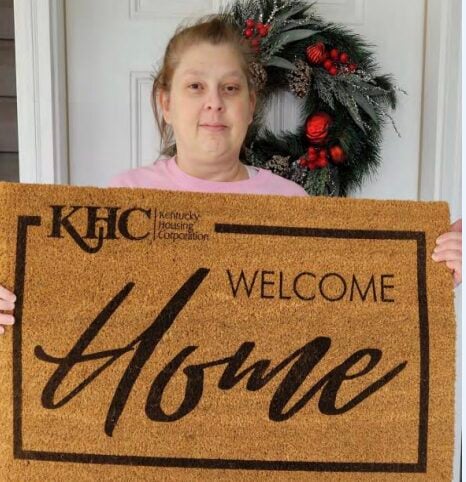
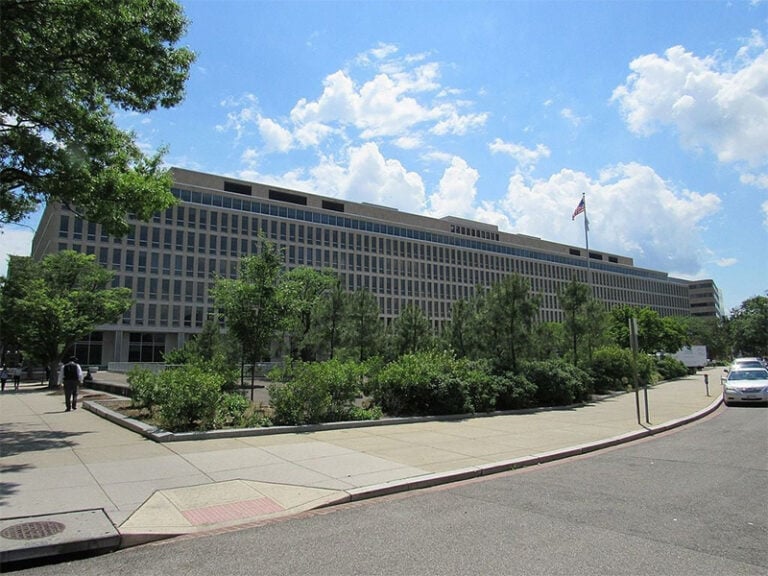
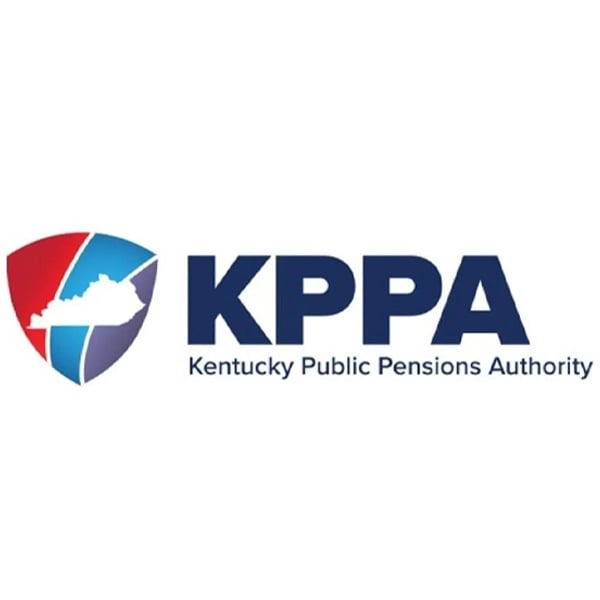



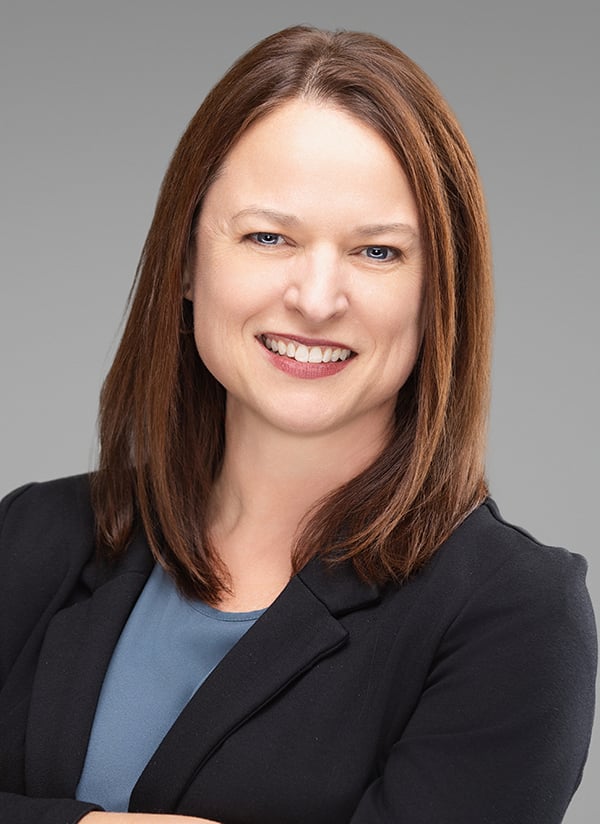



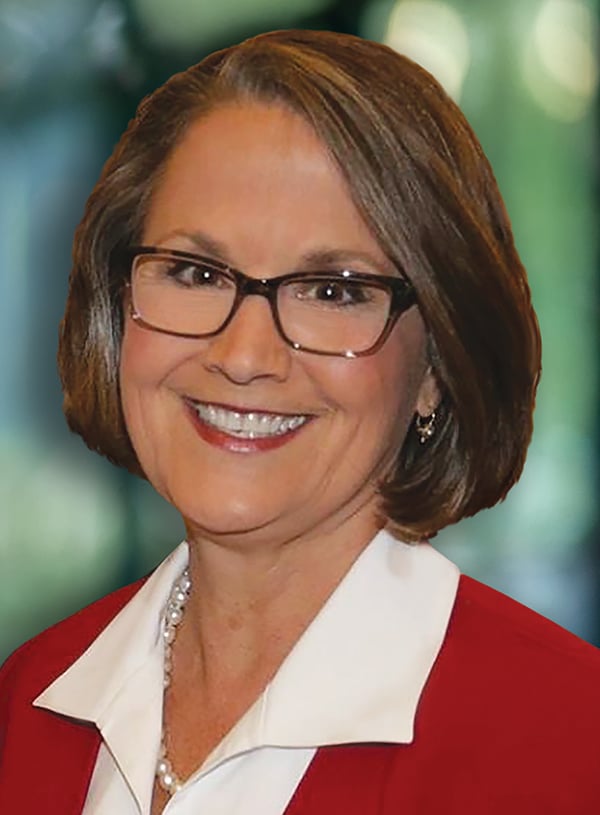
Excellent read!!